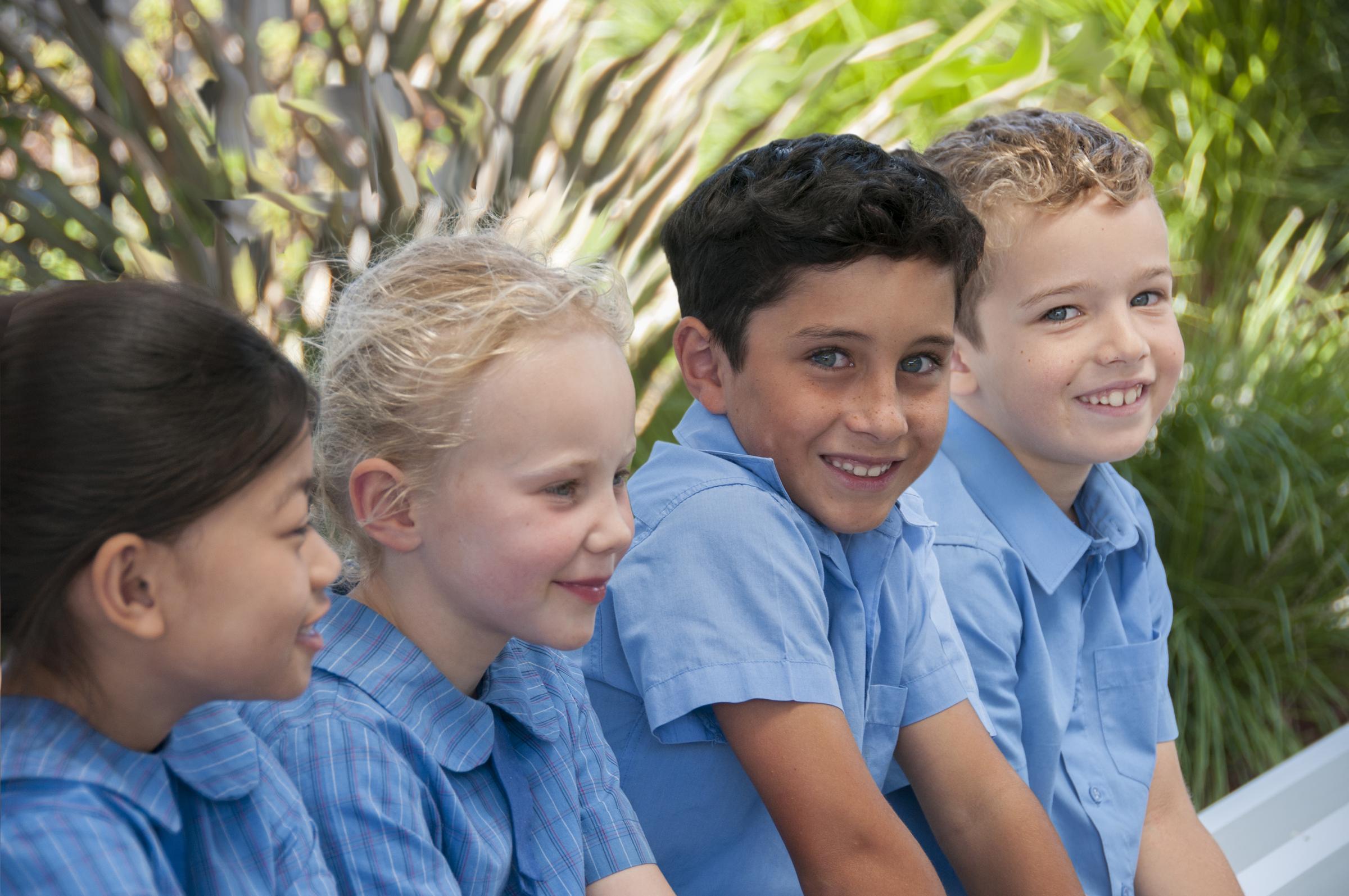Student Well-being

Circles Time Groups
In Term 3, I will be running a Circles Time program every Wednesday. Sessions will run for 30 minutes, with small groups of students from Years Prep- 4 with similar social and emotional needs. The sessions will focus upon: Strengths, Dreams and Values, Positive Communication Skills, Emotional Awareness and Promoting the Positive for Resilience.
Over the next few days, I will be reviewing the Strengths and Difficulties Questionnaires (SDQ) that parents and teachers completed last term.
If your child is chosen as someone who may benefit from the initiative we will contact you to discuss the program in detail.
Stress o'clock
A recent Australian study found that 7.00 am is the most stressful time of the day for working parents. Dubbed stress o'clock, this is a time in the morning when work and family pressures and the deadline of the clock converge.
Recent conversations held with parents indicate that children and young people experience stress o’clock too. This is a time soon after a child wakes when self-doubt, getting ready for school and looming fears clash. Children’s tummy-aches and heads-aches often prevail at this time of day. “Mum, I don’t feel well. I think I’ve got a cold. I don’t want to go to school.”
How do you respond when you suspect there’s more worrying your child than a sniffle, and you’re hurrying to get ready yourself? Most parents don’t have a script to guide them when stress o’clock hits.
Pandemic induced anxiety
Since the pandemic adults and children are reporting higher levels of stress and anxiety. Morning is one of the worst times for anxiety to strike. Like a fox, anxiety comes in the night robbing children of their courage, replacing assuredness with self-doubt, apprehension and fear.
Dealing with a child or young person in the middle of their anxious moment is super hard, particularly when you’re still wiping the sleep from your eyes. In times of stress it’s always best to stay SOBER. That is,
Stop what you are doing and pay attention to your child and to yourself
Observe the emotional reaction you are having to your child’s distress and ask what your gut is telling you
Breath deeply to remove yourself from panic mode (‘I can’t take this!’) and kick start your thinking brain that has succumbed to your survival brain.
Expand your vision and look at the bigger picture. Perhaps your child is genuinely nervous but it’s important that they sit the test that makes them feel awful. Allow the bigger picture to guide your actions.
Respond to your child or young person calmly. Empathy and understanding are in short reply in the mornings, but if you have practised this type of response in low-stress situations, you’ll be more than ready to respond appropriately, rather than panic or over-react when your child is stressed.
Like everything in parenting, this plan sounds easy when there are no kids around, but it’s important nevertheless.
A lack of a plan you can follow when kids are anxious is the major cause of parent stress. In times of stress, it always helps to have a plan to follow. When dealing with children’s nerves, tension and anxiety at stress o’clock this plan will really help you.
Lauren Borg
Student Well-being Leader
